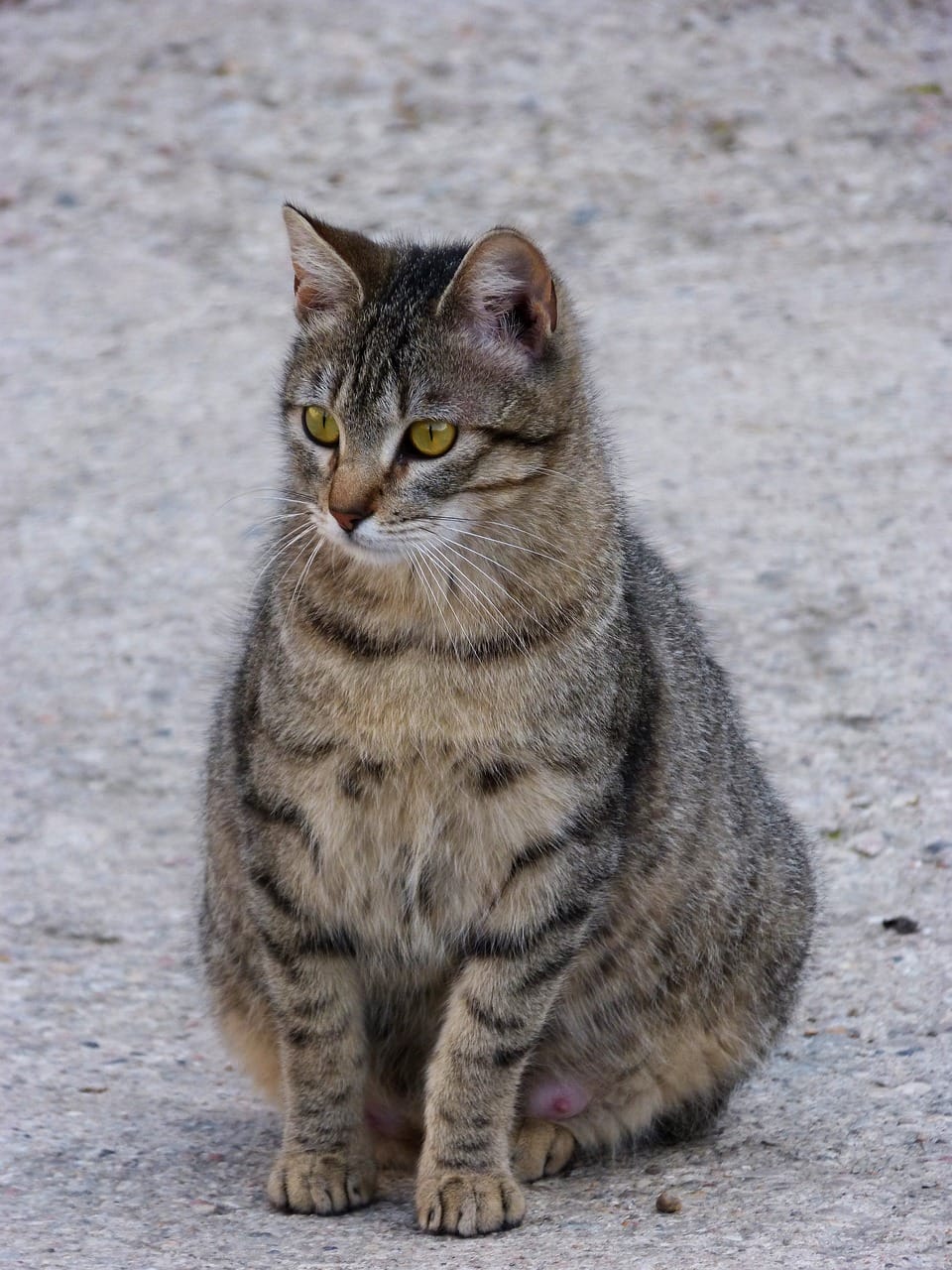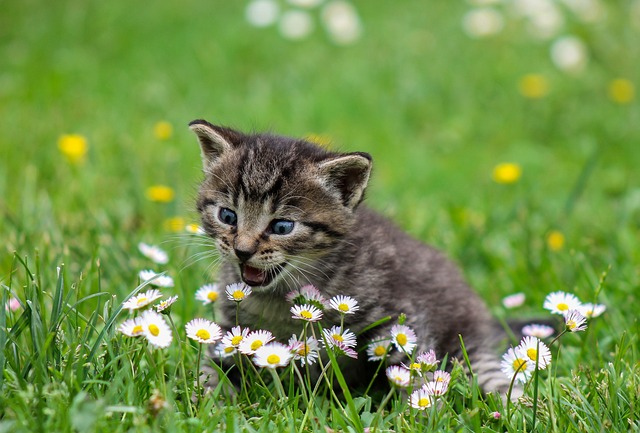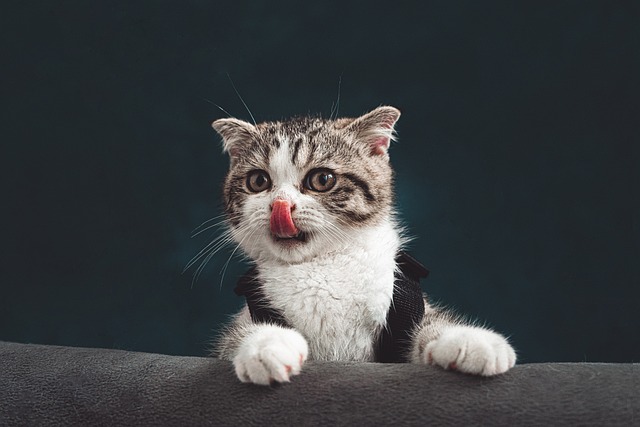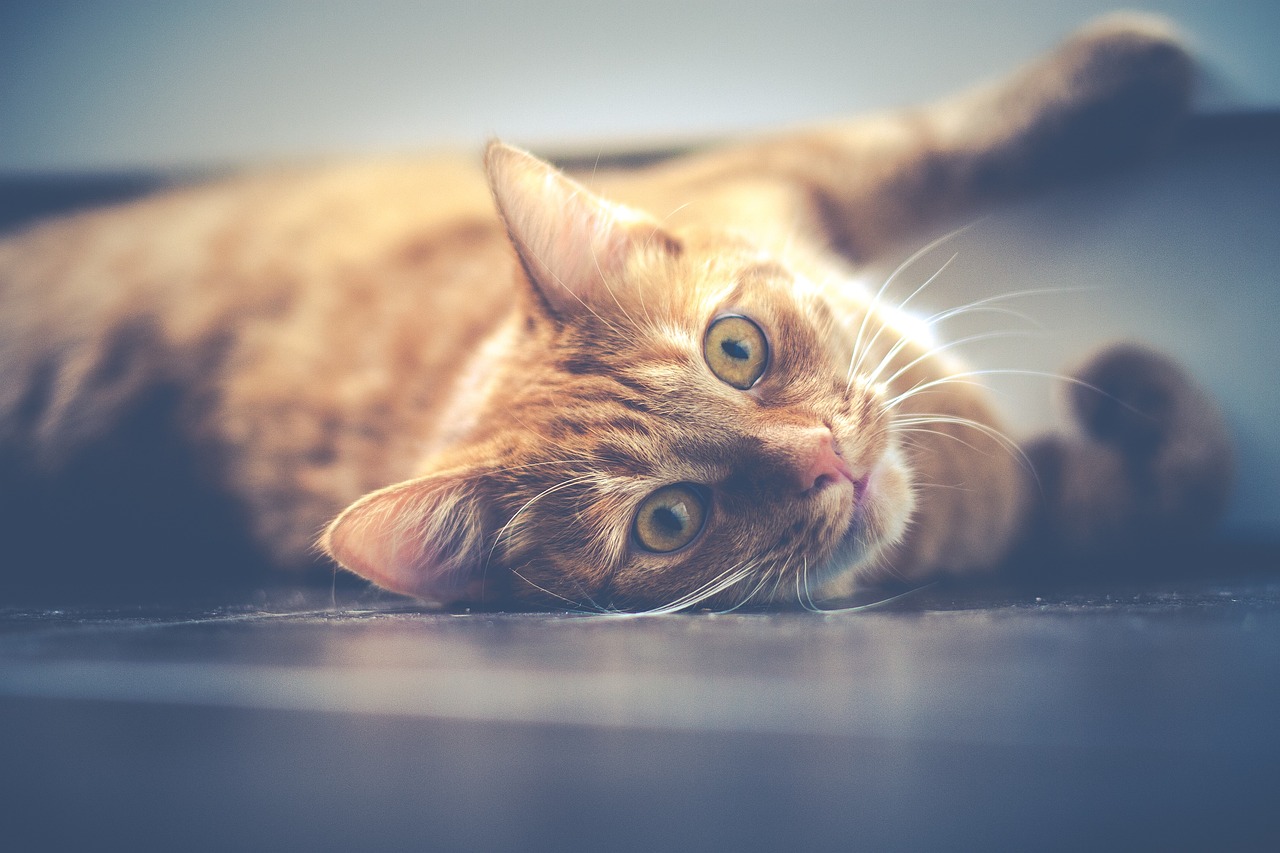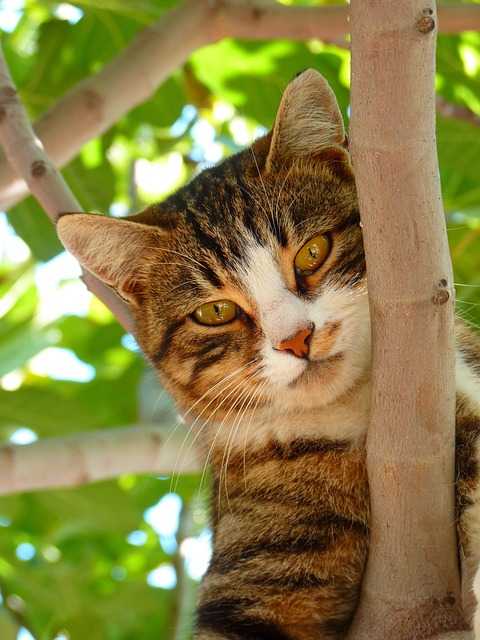Cat pregnancy is a remarkable journey marked by various physical and behavioral changes in the mother cat. Understanding the signs and symptoms of feline pregnancy is essential for providing proper care and support throughout this transformative period. In this guide, we’ll explore the subtle cues and overt indicators that can help you determine if your cat is pregnant.
At What Age Can a Cat Get Pregnant?
Cats can become pregnant as early as 4 to 6 months of age, although it’s more typical for them to start going into heat around 5 to 9 months old.
A cat’s heat cycle typically lasts around 1 to 2 weeks, during which the cat may exhibit behaviors such as increased vocalization, restlessness, rubbing against objects, and more affectionate behavior. If mating occurs during this time, the cat may become pregnant.

How Long Is Cat Pregnancy ?
Cat pregnancy typically lasts around 63 to 65 days, although it can vary slightly depending on factors such as the individual cat’s breed, health, and environmental conditions. During this time, the pregnant cat undergoes significant physical and behavioral changes as her body prepares for giving birth.
Early Signs That Indicate Your Cat Is Pregnant
During the early stages of pregnancy, your cat may exhibit subtle changes in behavior and physical appearance. Look out for increased affection and changes in appetite, including unusual cravings or decreased interest in food. Additionally, observe the nipples for signs of enlargement and darkening, known as “pinking.” These early signs can manifest as early as 2-3 weeks into the pregnancy.
Mid to Late Cat Pregnancy Symptoms
As the pregnancy progresses, your cat’s nesting instincts may become more apparent. She may start seeking out quiet, secluded areas to build a nest for her impending litter. Restlessness and pacing are common behaviors observed in pregnant cats as they prepare for birth. Keep an eye on your cat’s weight gain and observe the gradual enlargement of her abdomen as the kittens grow inside her.
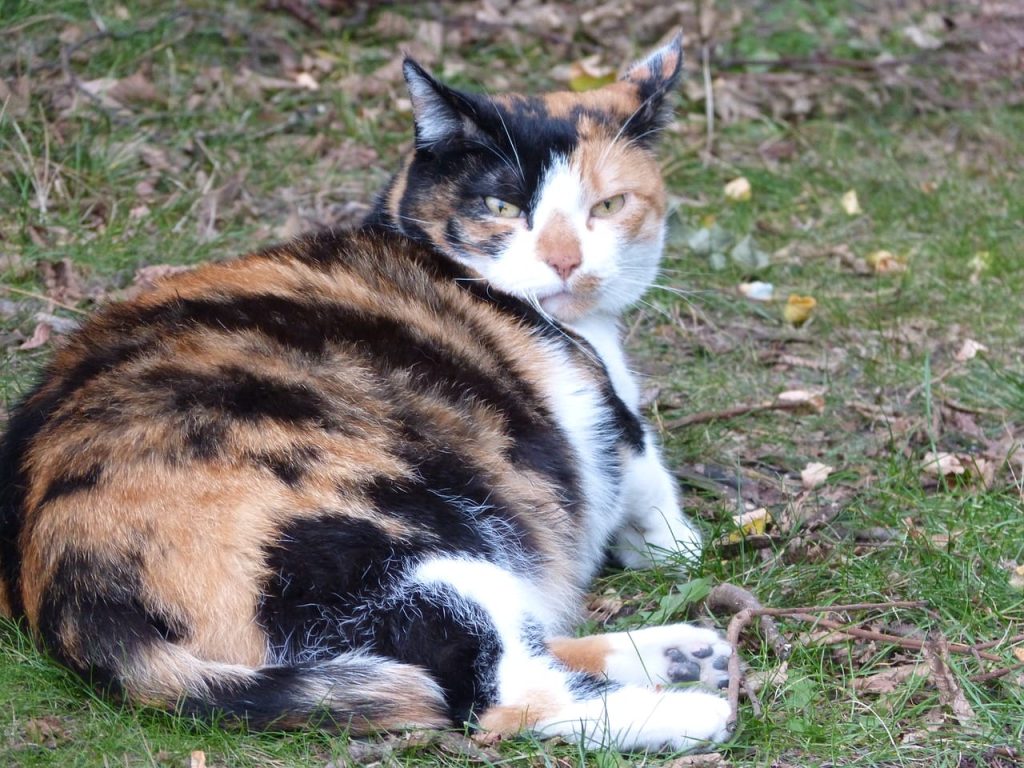
Physical Examination by a Veterinarian
To confirm your cat’s pregnancy, it’s essential to schedule a prenatal check-up with a veterinarian. During the examination, the vet may perform palpation to feel for the developing kittens or use ultrasound to visualize the fetal development. These diagnostic tools provide valuable insights into the health of the mother and her unborn kittens.
Care and Management If Your Cat Is Pregnant
Proper nutrition is crucial for supporting a pregnant cat’s health and ensuring the optimal development of her kittens. Consult with your veterinarian to determine the appropriate diet and nutritional supplements tailored to your cat’s specific needs during pregnancy. Regular prenatal veterinary care, including vaccination updates and parasite control, helps safeguard the health of both the mother and her offspring.
What To Feed a Pregnant Cat
Feeding a pregnant cat requires providing a diet that supports her increased nutritional needs during pregnancy. Here are some guidelines for what to feed a pregnant cat:
- High-quality commercial cat food: Choose a high-quality cat food formulated for pregnant and nursing cats. Look for options labeled as “complete and balanced” to ensure they meet all of the cat’s nutritional requirements.
- Increased protein: Pregnant cats require higher levels of protein to support the growth and development of their kittens. Look for cat foods with a protein content of at least 30% to 40%.
- Essential nutrients: Ensure the cat food contains essential nutrients such as calcium, phosphorus, omega-3 fatty acids, and taurine, which are crucial for the health of both the mother and her kittens.
- Small, frequent meals: Offer small, frequent meals throughout the day to accommodate the pregnant cat’s increased energy needs and prevent overeating, which could lead to obesity or digestive issues.
- Fresh water: Always provide fresh, clean water for the pregnant cat to drink. Adequate hydration is essential for her overall health and the health of her kittens.
Vaccinations for Pregnant Cats
Vaccinations for pregnant cats are a topic of debate among veterinarians, as there are risks and benefits to consider. Generally, it’s recommended to avoid vaccinating pregnant cats unless absolutely necessary, especially during the first three weeks of pregnancy. During this critical period, the developing embryos are particularly vulnerable, and there is a potential risk of inducing abortion or causing developmental abnormalities if the cat is vaccinated.
However, if a pregnant cat is due for essential vaccinations or if there’s a significant risk of disease exposure, such as in cases of outbreak or high disease prevalence in the area, your veterinarian may recommend vaccinating after the first three weeks of pregnancy. In such cases, killed vaccines are typically preferred over modified-live vaccines, as they pose a lower risk to the developing embryos.
Illness in Pregnant Cats
Illness in pregnant cats can pose significant risks to both the mother and her developing kittens. It’s essential to monitor pregnant cats closely for any signs of illness and to seek prompt veterinary care if any concerns arise. Some common illnesses that can affect pregnant cats include:
- Upper respiratory infections: These are common in cats and can become more severe during pregnancy due to the cat’s altered immune response. Symptoms may include sneezing, coughing, nasal discharge, and lethargy.
- Feline panleukopenia (feline distemper): This highly contagious viral disease can cause severe illness and even death in pregnant cats and their kittens. Symptoms include fever, vomiting, diarrhea, lethargy, and loss of appetite.
- Feline herpesvirus (feline viral rhinotracheitis): This is a common cause of upper respiratory infections in cats and can lead to severe illness, especially in pregnant cats. Symptoms include sneezing, nasal discharge, conjunctivitis, and ulcers on the eyes and nose.
- Toxoplasmosis: This is a parasitic infection caused by the protozoan Toxoplasma gondii. Pregnant cats can transmit the infection to their unborn kittens, leading to birth defects or miscarriage. Pregnant women are also at risk of contracting toxoplasmosis from handling infected cat feces.
- Pyometra: This is a potentially life-threatening infection of the uterus that can occur in unspayed female cats. Pregnant cats with pyometra may show signs such as lethargy, fever, vaginal discharge, and loss of appetite.
- Metabolic disorders: Pregnant cats may be at increased risk of developing metabolic disorders such as gestational diabetes or eclampsia (milk fever). These conditions require immediate veterinary attention to prevent complications for both the mother and her kittens.
Stages of Cat Pregnancy
Pregnancy in cats typically progresses through several distinct stages. Each one is marked by specific physical and behavioral changes as the kittens develop within the mother’s womb. Here are the typical stages of pregnancy in cats:
- Fertilization and Early Development (Weeks 1-2): After mating, fertilization of the eggs usually occurs within 24-48 hours. The fertilized eggs then travel to the uterus, where they implant into the uterine lining. During this time, there are no external signs of pregnancy, and the cat may not exhibit any noticeable changes in behavior or appearance.
- Embryo Development (Weeks 3-4): By the third week of pregnancy, the embryos begin to grow rapidly, and their development becomes more noticeable. The cat’s nipples may become slightly enlarged and pinkish, and she may start to display subtle changes in behavior, such as increased affection or nesting behavior.
- Mid-Pregnancy (Weeks 5-6): By the fifth week, the kittens’ skeletons begin to ossify, and their organs continue to develop. The cat’s abdomen may start to enlarge noticeably as the kittens grow, and she may show more obvious signs of pregnancy, such as weight gain and a rounded appearance. Around week six, a veterinarian may be able to detect the presence of fetal skeletons using ultrasound.
- Late Pregnancy (Weeks 7-9): During the final weeks of pregnancy, the kittens’ development accelerates, and the mother’s abdomen becomes significantly distended as she nears the end of gestation. The cat may become more restless and seek out secluded areas for nesting. Her mammary glands may become enlarged and start producing milk in preparation for nursing the kittens. As the due date approaches, the cat may exhibit signs of impending labor, such as restlessness, pacing, and vocalization.
- Parturition (Birth): Labor typically begins around 63-65 days after fertilization, although it can vary slightly depending on factors such as the number of kittens and the individual cat’s health. During labor, the cat may experience contractions and actively push to deliver the kittens. Each kitten is typically born in its own amniotic sac, which the mother usually breaks open and removes before proceeding to clean and nurse the newborns.
Preparing for Birth and Postnatal Care
Create a comfortable and safe birthing area for your cat by providing nesting materials and ensuring privacy during labor. Monitor the mother cat closely during labor and delivery, being prepared to intervene if complications arise. After birth, keep a close watch on the mother and kittens for signs of health issues, and seek veterinary assistance if needed.
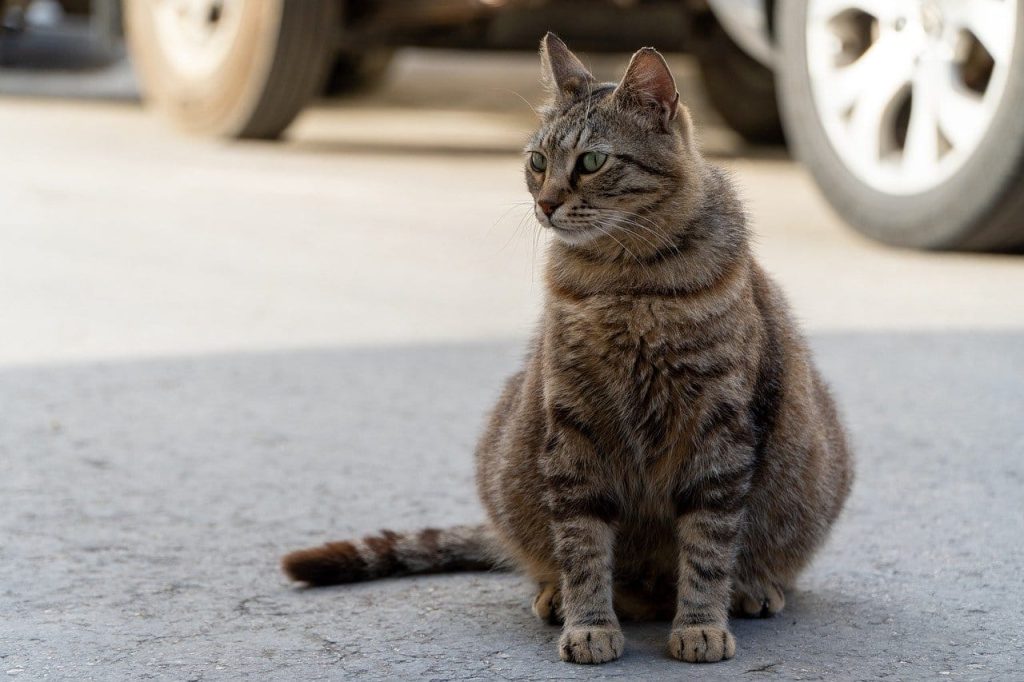
Conclusion
Navigating feline pregnancy requires vigilance, care, and attention to detail. By recognizing the signs and symptoms of pregnancy and providing the necessary support and veterinary care for your pregnant cat , you can help ensure a smooth and successful journey for your cat and her kittens.

